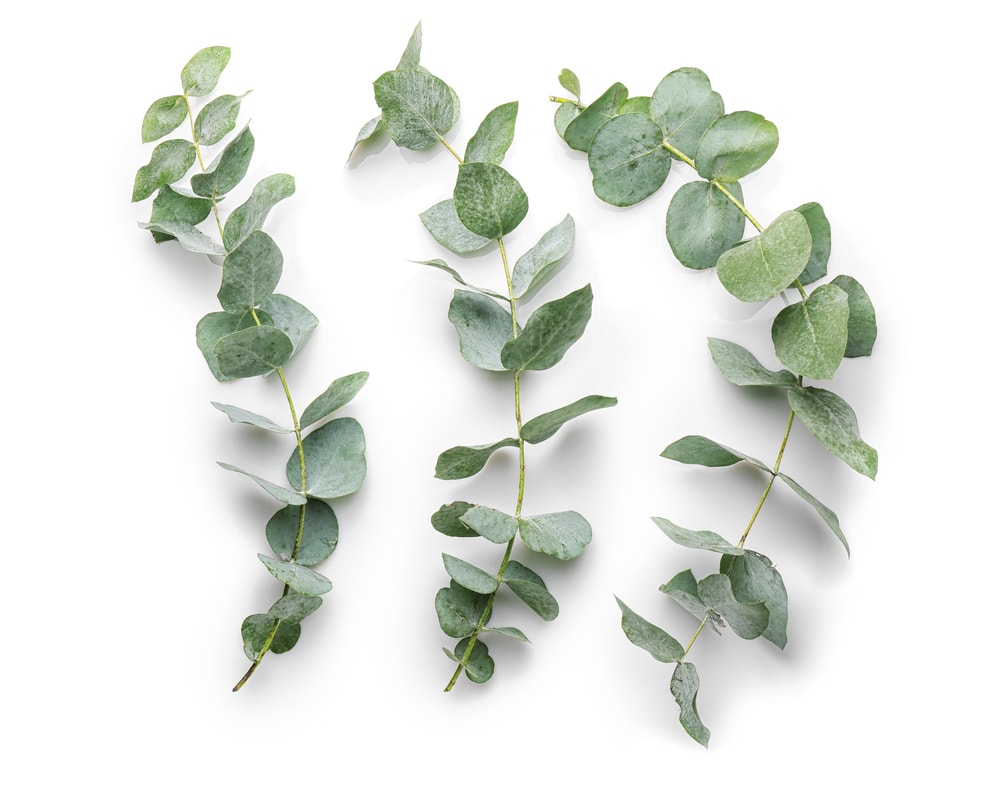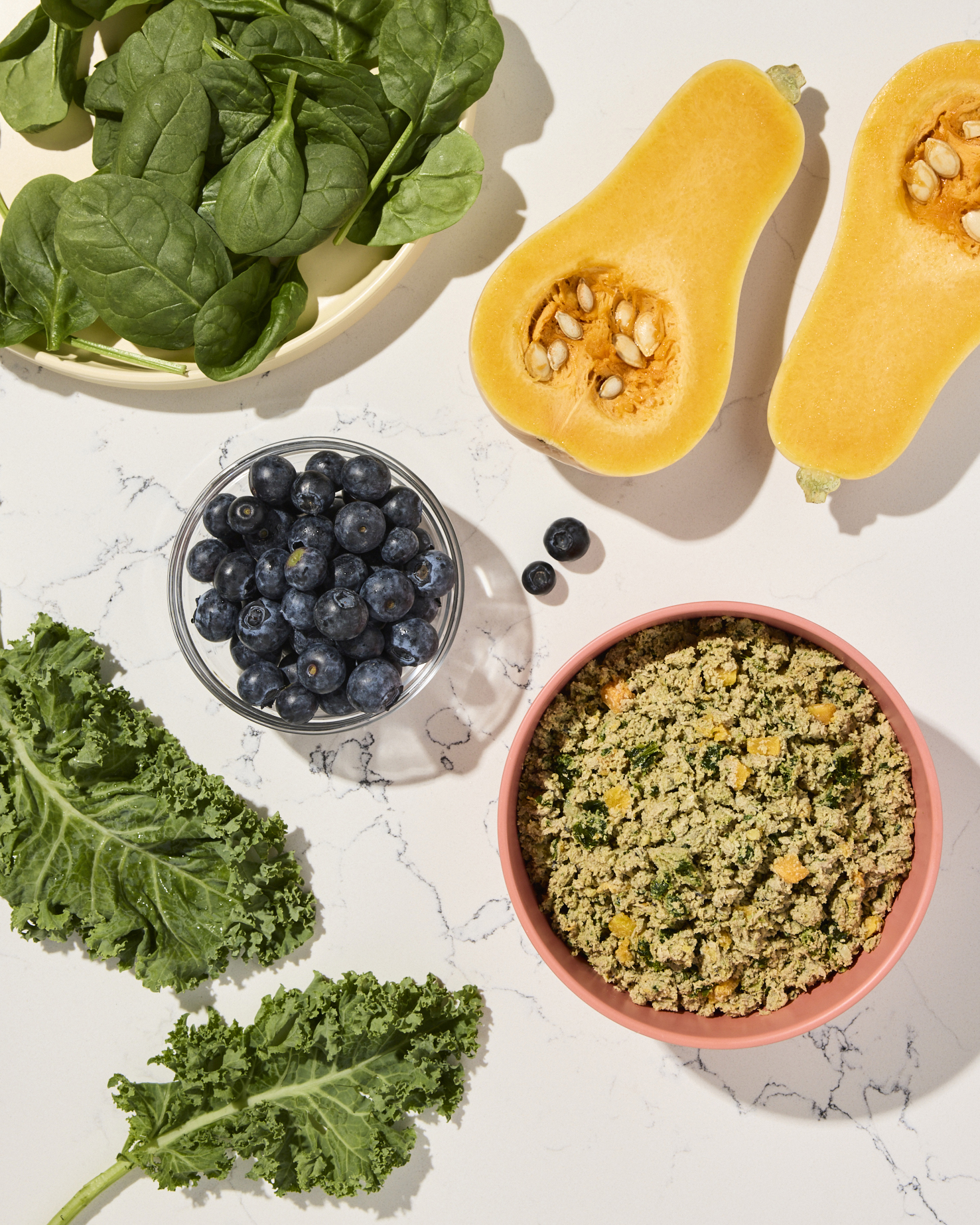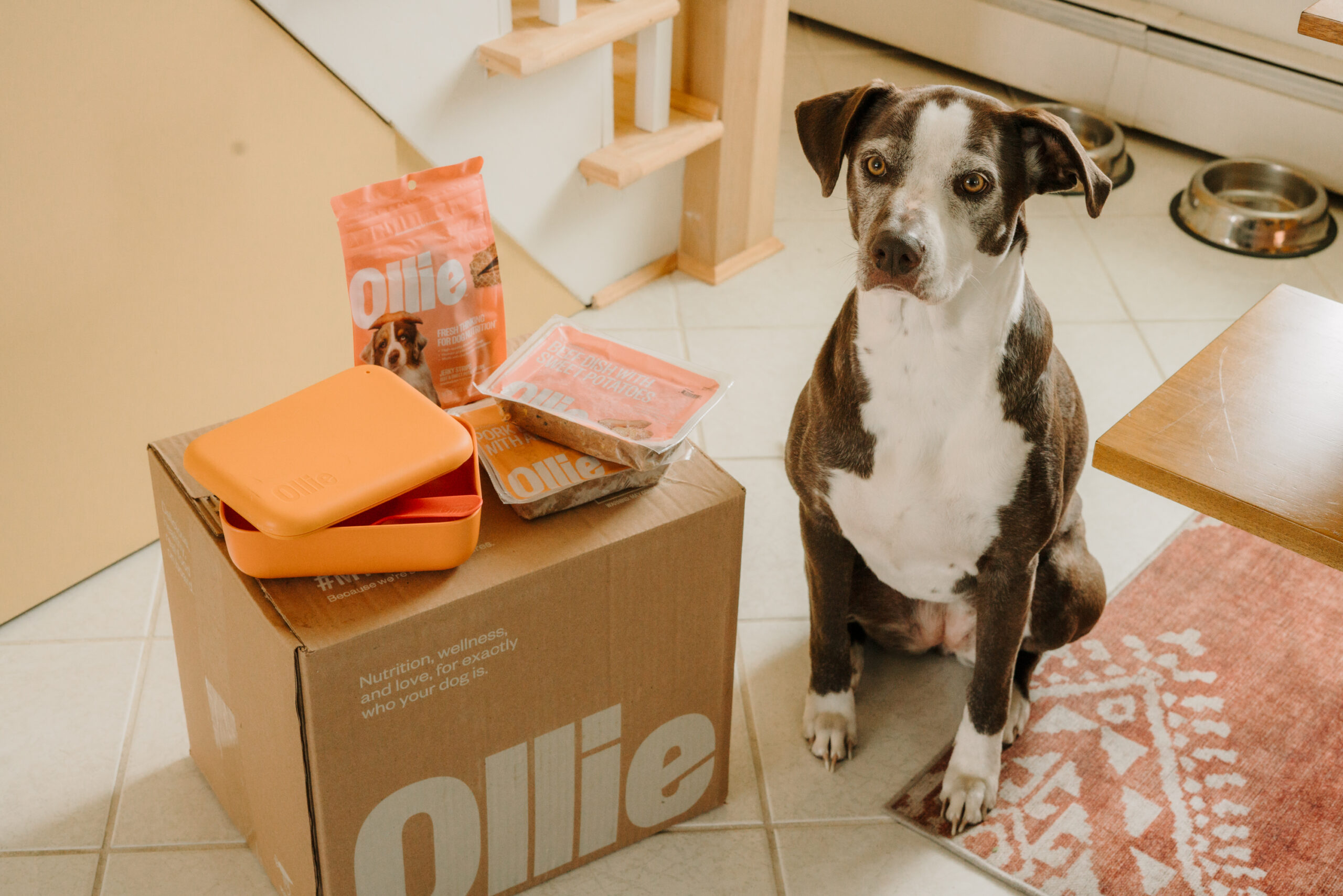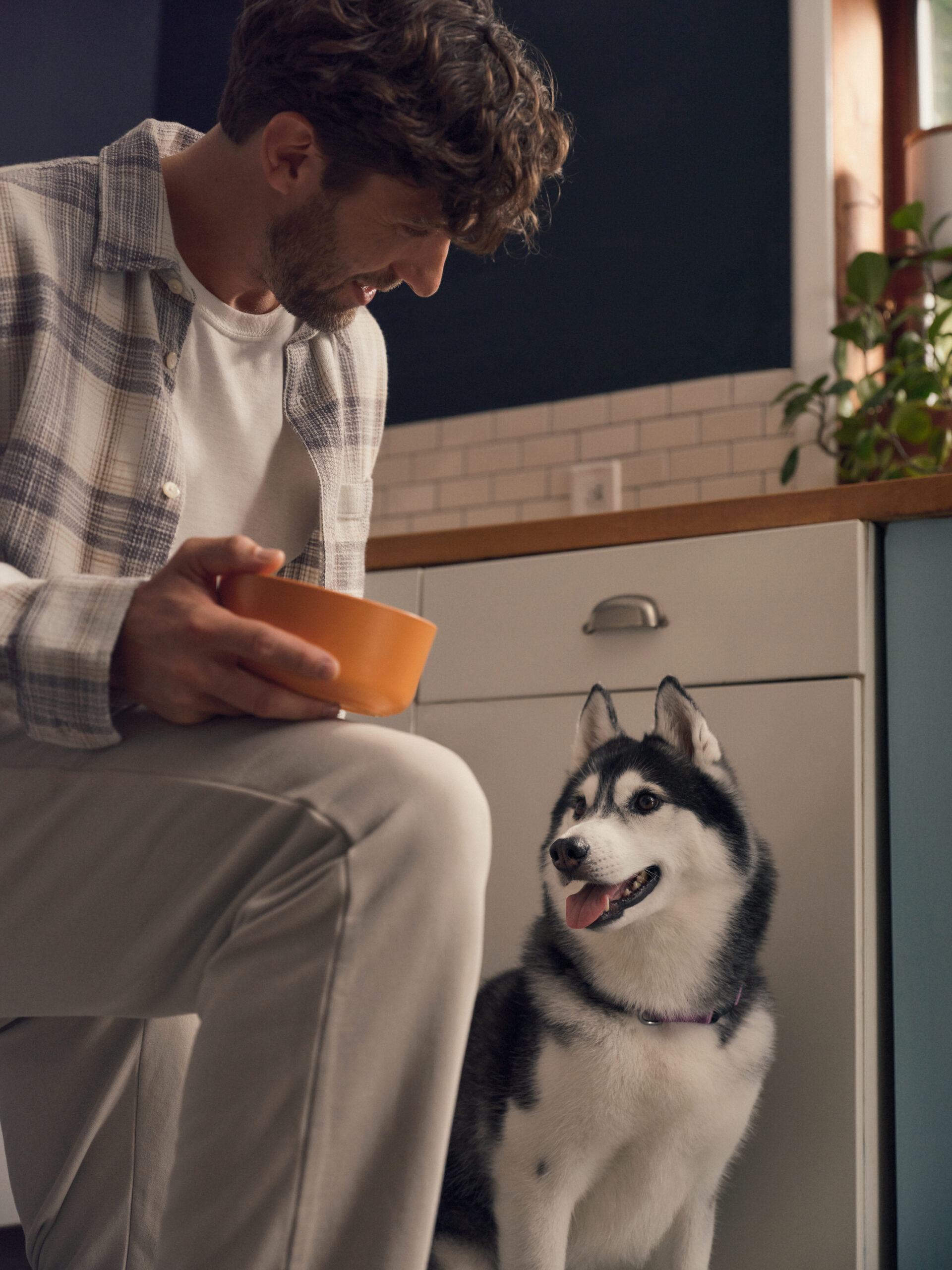Hey Ollie blog readers! We’re offering you an exclusive 60% OFF your starter box! Try now!
Essential oils have increased in popularity recently and can be found in many products for use in your home, beauty routine, and even shampoos and other products for pets. They’re often touted as “clean” and “natural” alternatives to chemicals. How do you know what is safe to use and what could harm your pet if he consumes it or it’s not used as directed?
What are essential oils?
Essential oils are compounds that are extracted from plants. The process used to extract the oil is called distillation and it can be done in a variety of ways including using steam, water, or mechanical methods like cold pressing (yes, just like olive oil or juice). Once these compounds are extracted they are then generally blended with a carrier oil before being used. Undiluted essential oils are highly concentrated.

Common uses for essential oils include diffusing or burning them to infuse your space with the scent (aromatherapy), blending them with lotions or massage oils, using them to add scent or flavor to lip balms or other beauty products.
Some essential oils are reported to have health benefits for humans. These include helping with digestion, skin issues, stress and anxiety or even boosting our immune systems. Companies like doTerra and Young Living even sell essential oils and essential oil-based products to use in your home.
Risks associated with using essential oils on dogs
Per the American Kennel Club’s Website, “The chemicals in essential oils are rapidly absorbed into the system, whether received orally or through the skin and metabolized by the liver. Therefore, using essential oils could be problematic for puppies and young dogs, dogs with liver disease, or elderly dogs.” If your dog falls into one of these categories use extreme caution when using essential oils with your pet.
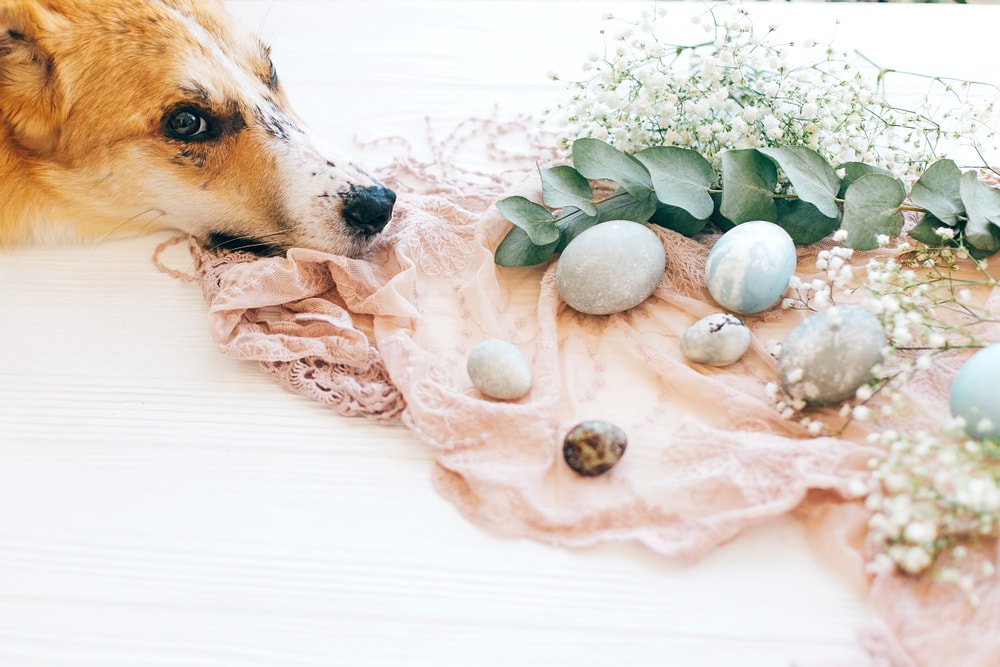
There are risks associated with ingesting pure essential oil or placing directly on your skin, and the same goes for your pet. These include:
- Burns or skin irritation
- Upset stomach
- Vomiting
Another consideration when using essential oils is that dogs have very powerful senses of smell. What smells pleasant to you might be irritating to your pet. A few drops of essential oil that produce a calming lavender smell to you, for example, might be too strong for your dog and have the opposite of the intended effect!
If you are interested in using essential oils with your pet, consult your veterinarian first. He or she will be able to give you more information about which oils are safe for your pet and which are toxic as well as help you with dosages and carrier oils that are safe for your best friend.
If you are using products that contain essential oils be sure to read the labels and instructions carefully before use. While some products are safe to use because they are very diluted, you want to ensure you are using them as directed. If a product has any warning labels on it, be sure you have read them carefully and understand the risks.
Symptoms of Eucalyptus Poisoning
If you see your dog salivating, vomiting, or having diarrhea and he or she was exposed to eucalyptus your pet may be experiencing eucalyptus poisoning. You also want to watch for signs of weakness and/or depression as these are also side effects of eucalyptus poisoning. Your vet can help you confirm the diagnosis and provide treatment.
If you suspect or know that your pet has consumed eucalyptus you’ll want to contact your vet and/or animal poison control for further instructions ASAP. They will help you with a treatment plan to get your pet feeling better.
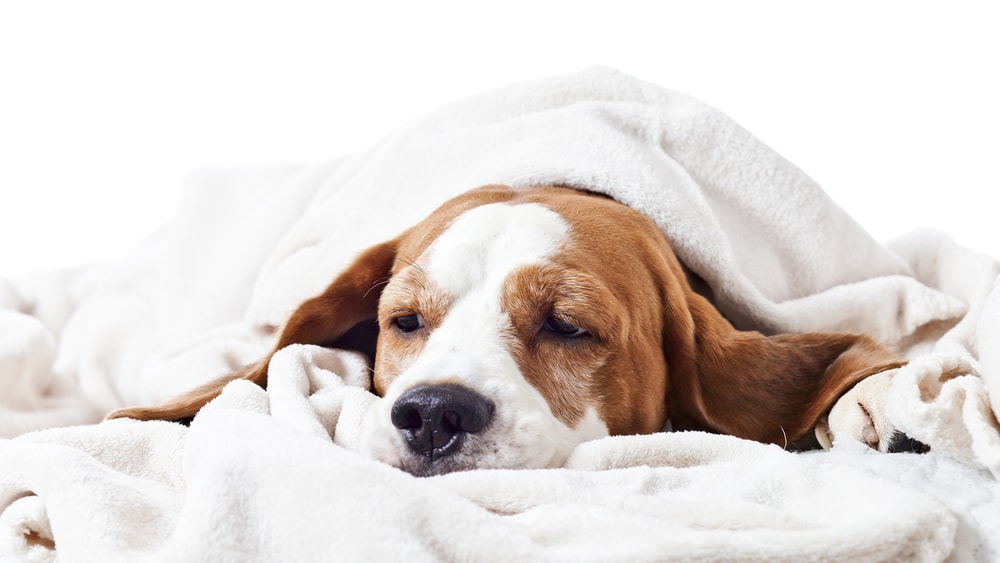
The bottom line:
Use caution when using essential oils with your dog and do not use eucalyptus oil on or around your pets!
Be especially careful when introducing new products to your pet. In addition to toxicity, your pet may be allergic to other ingredients or get skin irritation from a new product if they have sensitive skin. For example, you may want to test a new shampoo on a small patch of your pet’s skin before giving a full bath to ensure your pet won’t have a bad reaction. This is a good idea even if the product does not contain essential oils.
The Ollie blog is devoted to helping pet parents lead healthier lives with their pups. If you want to learn more about our fresh, human-grade food, check out MyOllie.com.
Tagged As:

The nutrition your dog needs,
the food they want.

Enjoying our articles? Subscribe our Newsletters and get new articles directly to your inbox
You might also like
23 May 2025
5 MINS READ
Why Fresh Dog Food Makes Happier, Healthier Dogs That Live Longer
Every pup parent wants their dog to live a long, happy life, and the path to a healthier, happier dog starts with what’s in their bowl. Recent research and expert insights reveal that fresh dog …
by Ollie Pets
23 May 2025
8 MINS READ
Why Human-Grade Ingredients Matter for Dogs with Health Issues
For dogs with allergies, sensitive stomachs, or other health concerns, a higher quality of life starts with food made from higher quality ingredients. The right nutrition can make a significant di…
by Ollie Pets
23 May 2025
8 MINS READ
Tailored Nutrition: Fresh Solutions for Dogs with Special Diets
When it comes to caring for a dog with special dietary needs, finding the right nutrition can sometimes feel like solving a puzzle. Whether your dog has food sensitivities, allergies, or specific …
by Ollie Pets
